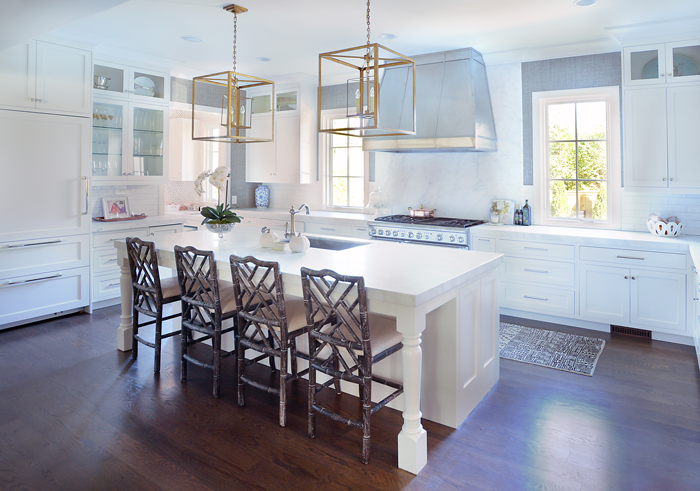Controlling Allowances
Strict allowance policies benefit homeowners as much as builders.
Why do builders prefer that the homeowners choose every single item that will go into the house before they break ground? It’s not just for the builder’s convenience. A choice postponed may end up being made at a time when the homeowners are feeling a lot of construction stress. Decisions made under stress raise the chance of buyer remorse.
But the reality is that some people have a difficult time choosing finishes like flooring, light fixtures, tile, and carpet before the house has at least been framed and they can walk through the spaces. Allowances are a necessary concession to that reality. They let the homeowners choose a limited number of products after the project is underway, while still keeping the job on schedule and on budget.
 It’s useful to think of an allowance like a Visa gift card. Say, for instance, that the builder and homeowners agree on a $20,000 allowance for kitchen cabinets and countertops. The homeowners can spend that money any way they want. They may want mid-range solid surface countertops and ornate cabinets with intricate moldings, or they may opt for plainer, less expensive cabinets and marble surfaces. They just need to stay within the allotted $20,000.
It’s useful to think of an allowance like a Visa gift card. Say, for instance, that the builder and homeowners agree on a $20,000 allowance for kitchen cabinets and countertops. The homeowners can spend that money any way they want. They may want mid-range solid surface countertops and ornate cabinets with intricate moldings, or they may opt for plainer, less expensive cabinets and marble surfaces. They just need to stay within the allotted $20,000.
Like a gift card, an allowance will have an expiration date. That’s the date by which choices have to be made. But there’s an important difference: if someone doesn’t use a gift card on time, they lose the money; if the homeowner doesn’t make allowance choices on time, the money will still be there, but the delay will throw off the job schedule and may raise the final cost.
Because of their potential to cause trouble, most builders limit allowances to a few line items. These vary by builder, but common ones are lighting, plumbing fixtures, exterior doors, ceramic tile, and carpet. During the planning stage, the builder will suggest an amount that makes sense given the budget for the overall home. Homeowners who want to spend more—or less—on these items need to tell the builder at this point.
Most builders also insist that the customer purchase allowance items from their regular suppliers and that they be installed by the builder’s regular trade partners. For one thing, the builder can’t be confident in the quality of unfamiliar products from unfamiliar vendors. For another, the use of regular suppliers and installers is crucial to controlling costs. It eliminates situations like the customer who chooses carpet from a supplier unfamiliar to the builder, only to find out that it is European carpet in metric sizes that will leave a lot of unwanted waste (that the homeowner has to pay for) and that takes 20 weeks to get, while the house will be done in five.
When choosing multiple items like faucets and light fixtures, a budget-conscious customer will match styles. Using a different faucet style in every bath raises costs; keeping the fixtures consistent brings more purchasing power.
The bottom line is that a well-defined allowance policy benefits the homeowners as well as the builder by controlling costs, keeping the job on schedule, and reducing unwanted stress for everyone. People who have built homes in the past usually understand this, which is why they generally prefer to work with a builder with a clear policy.
